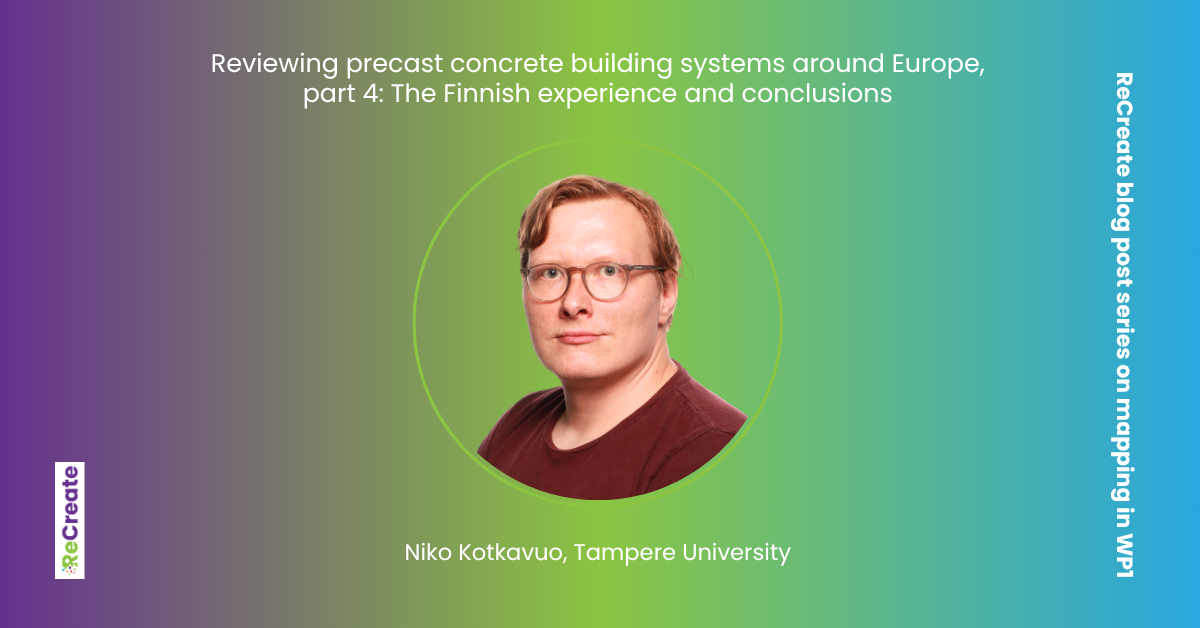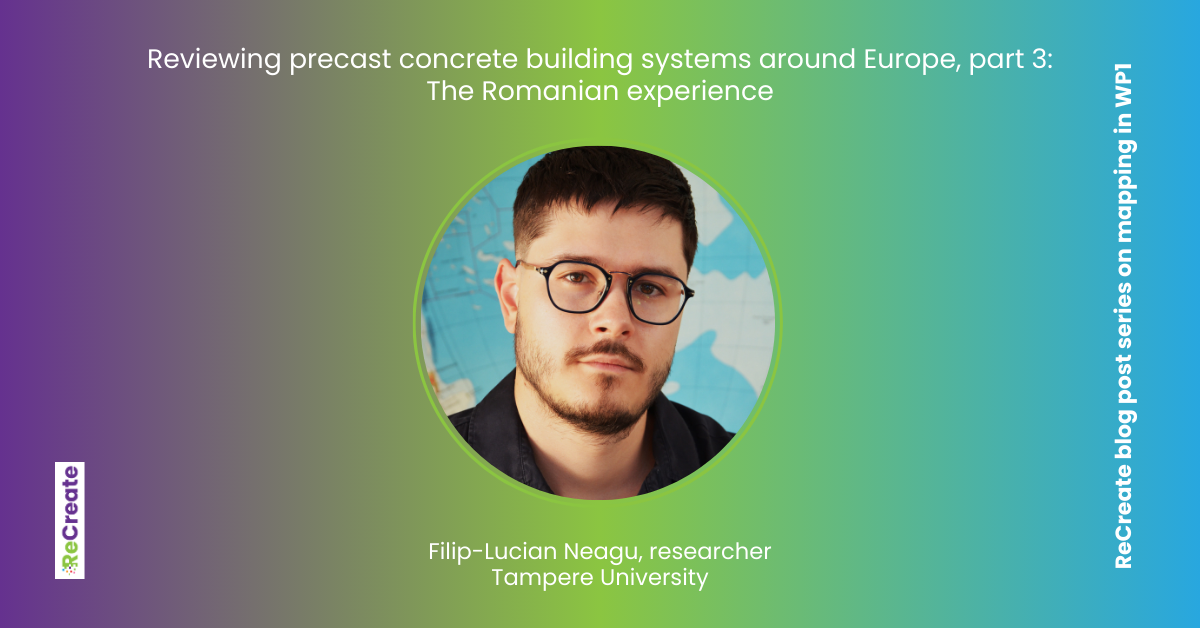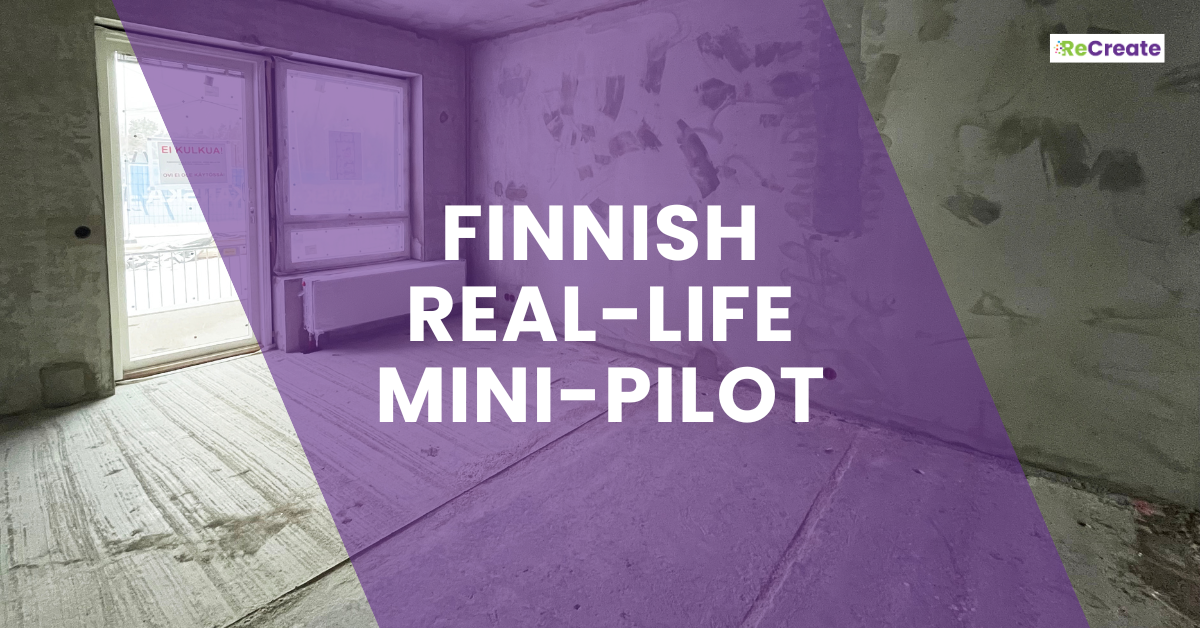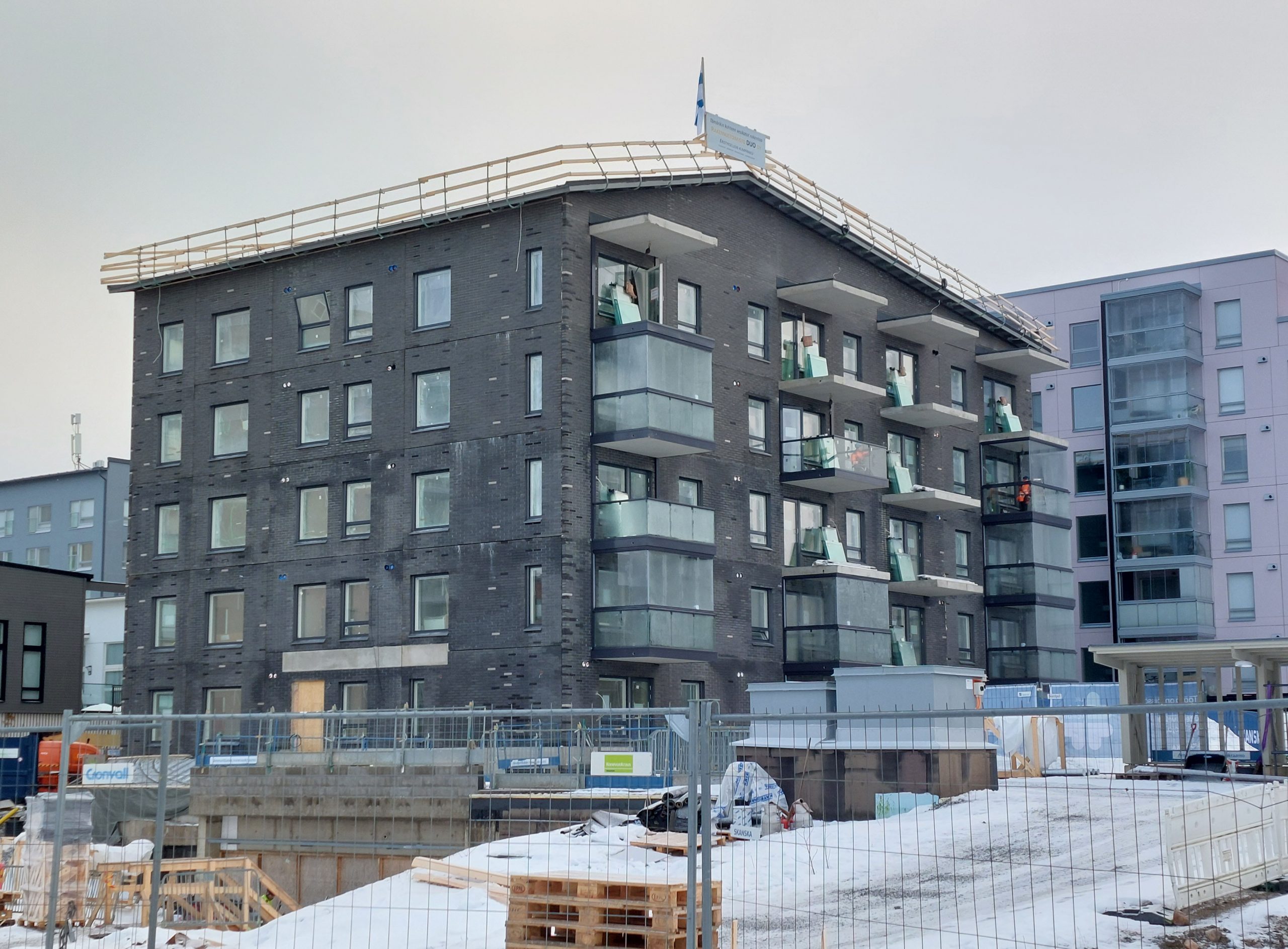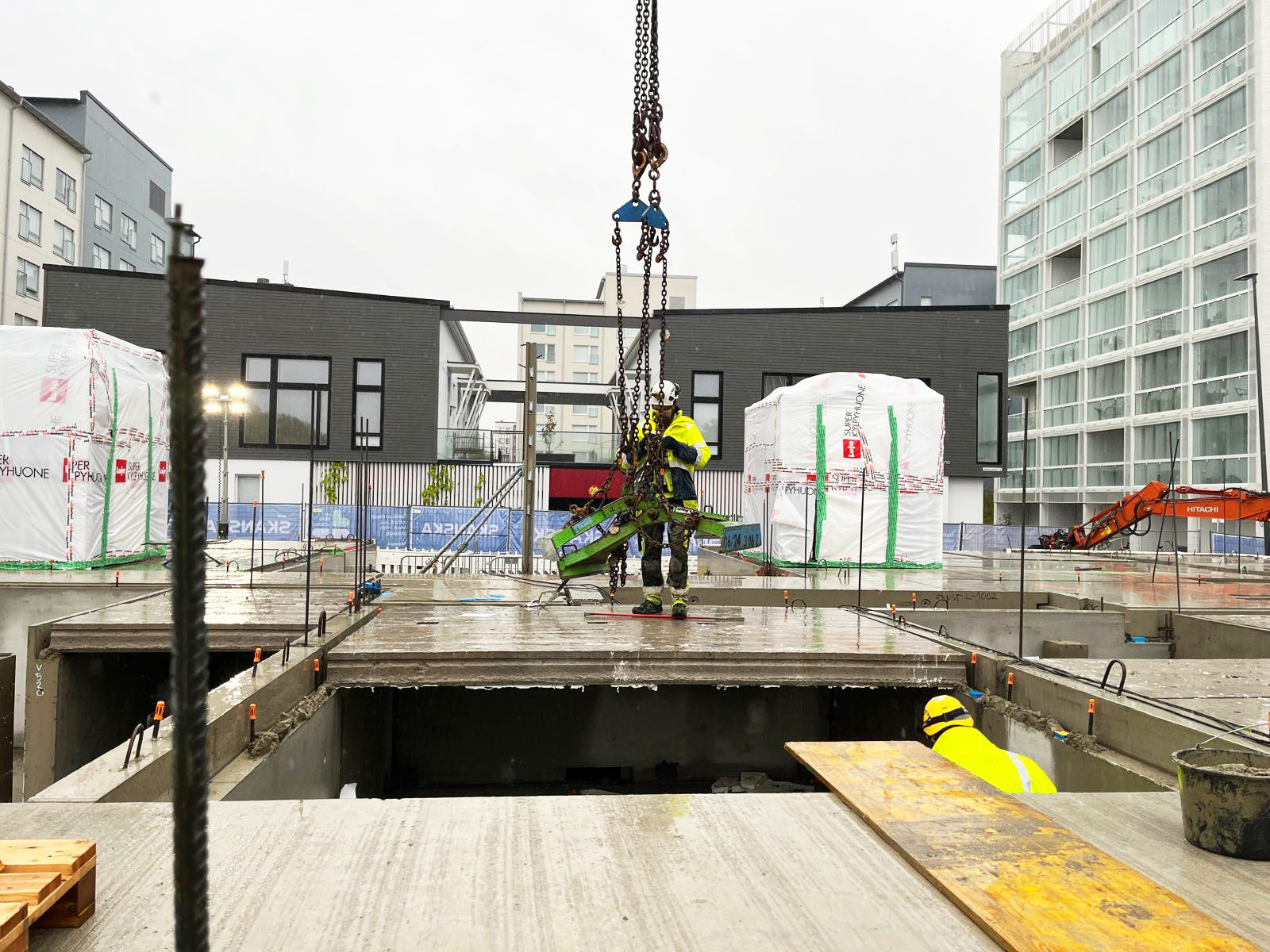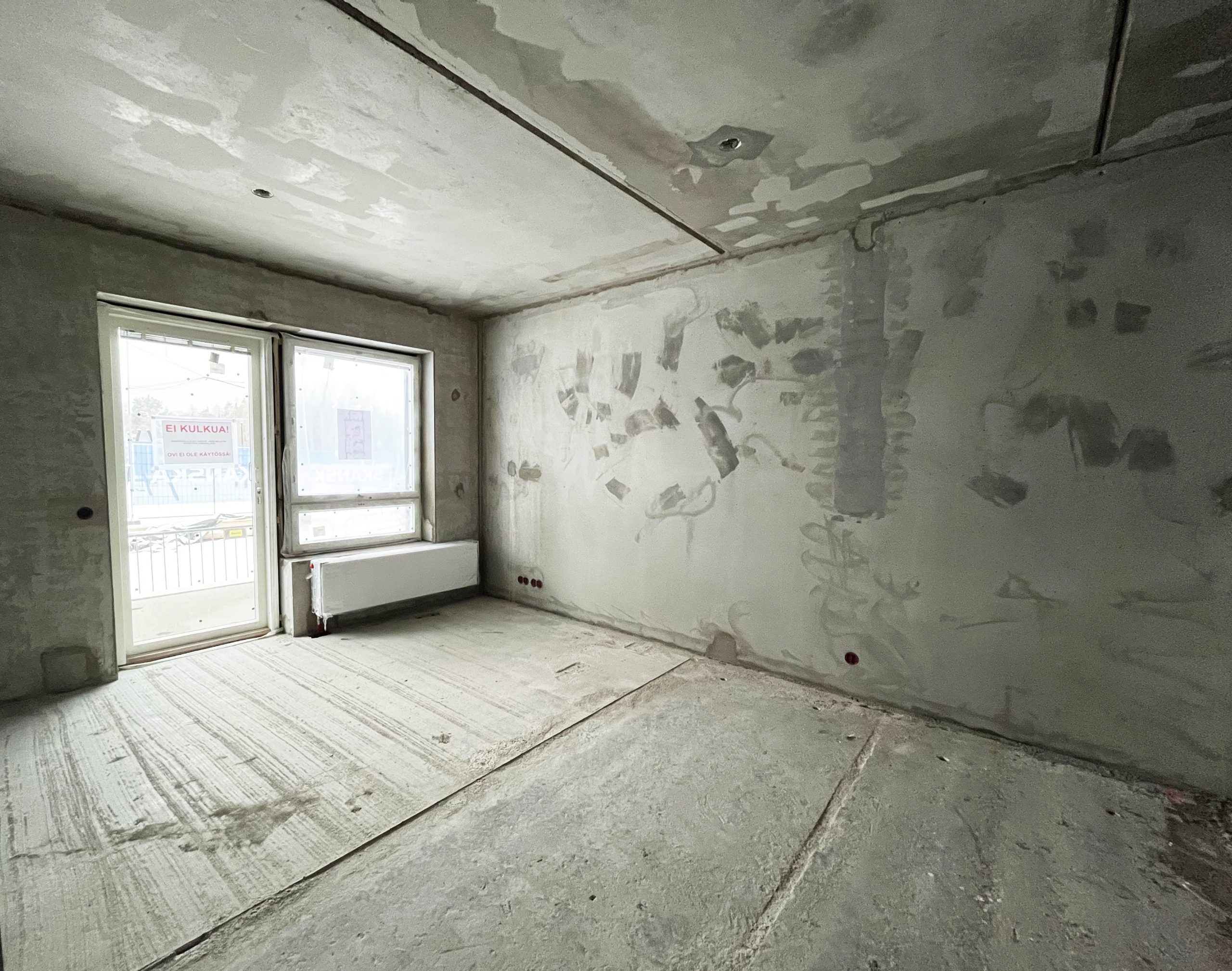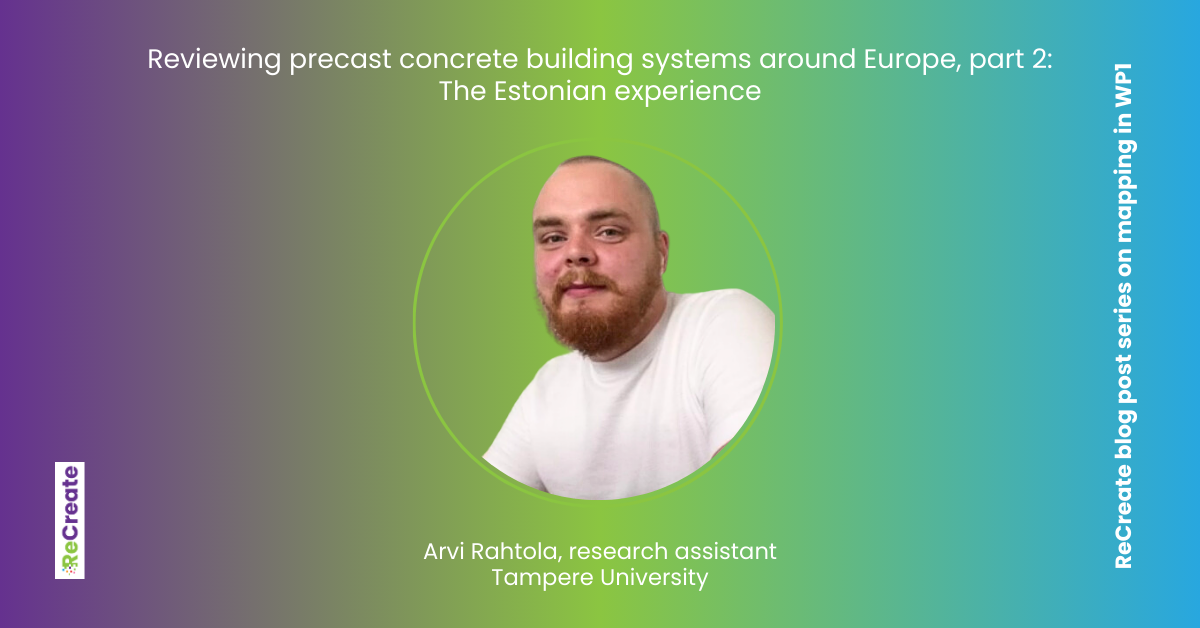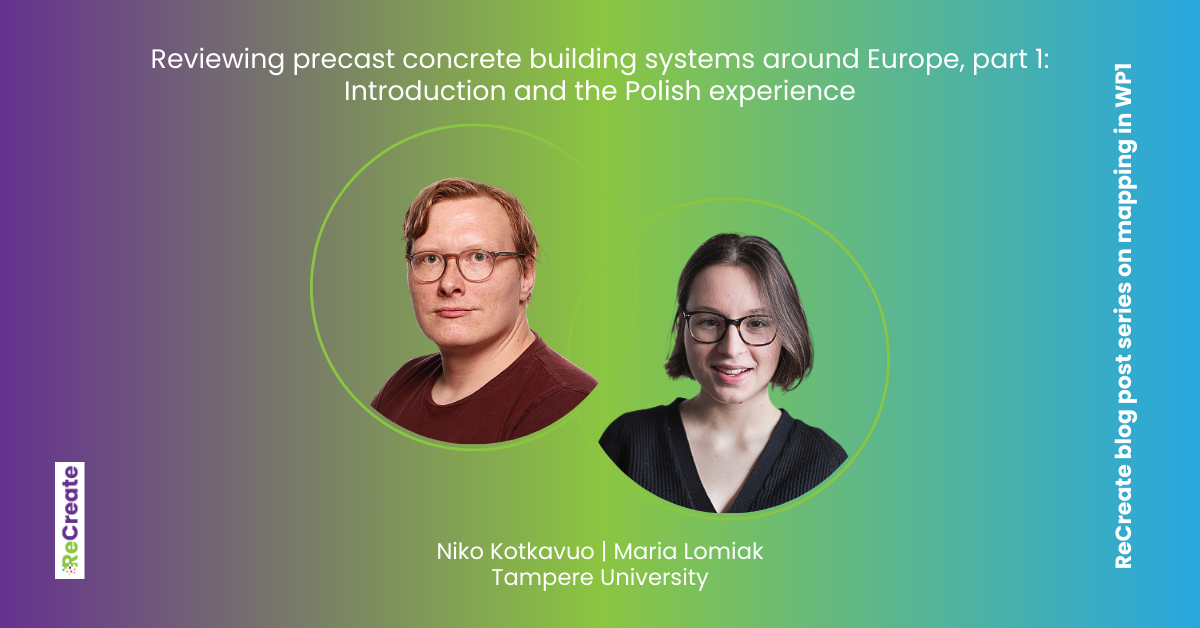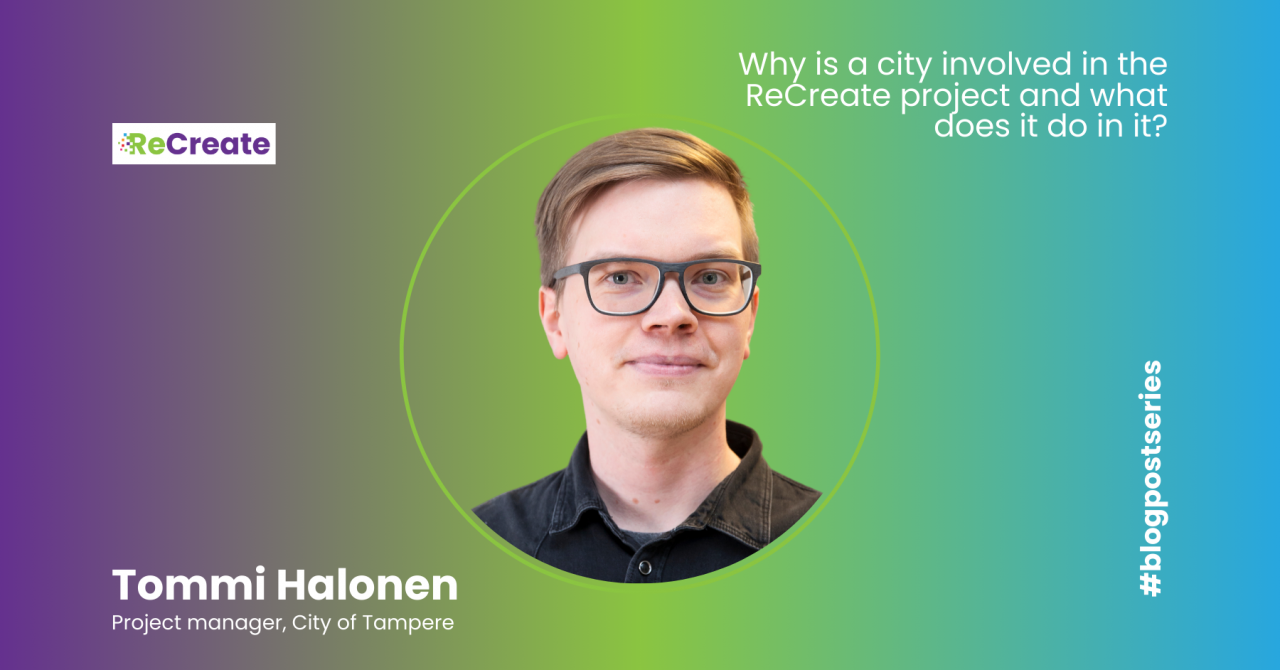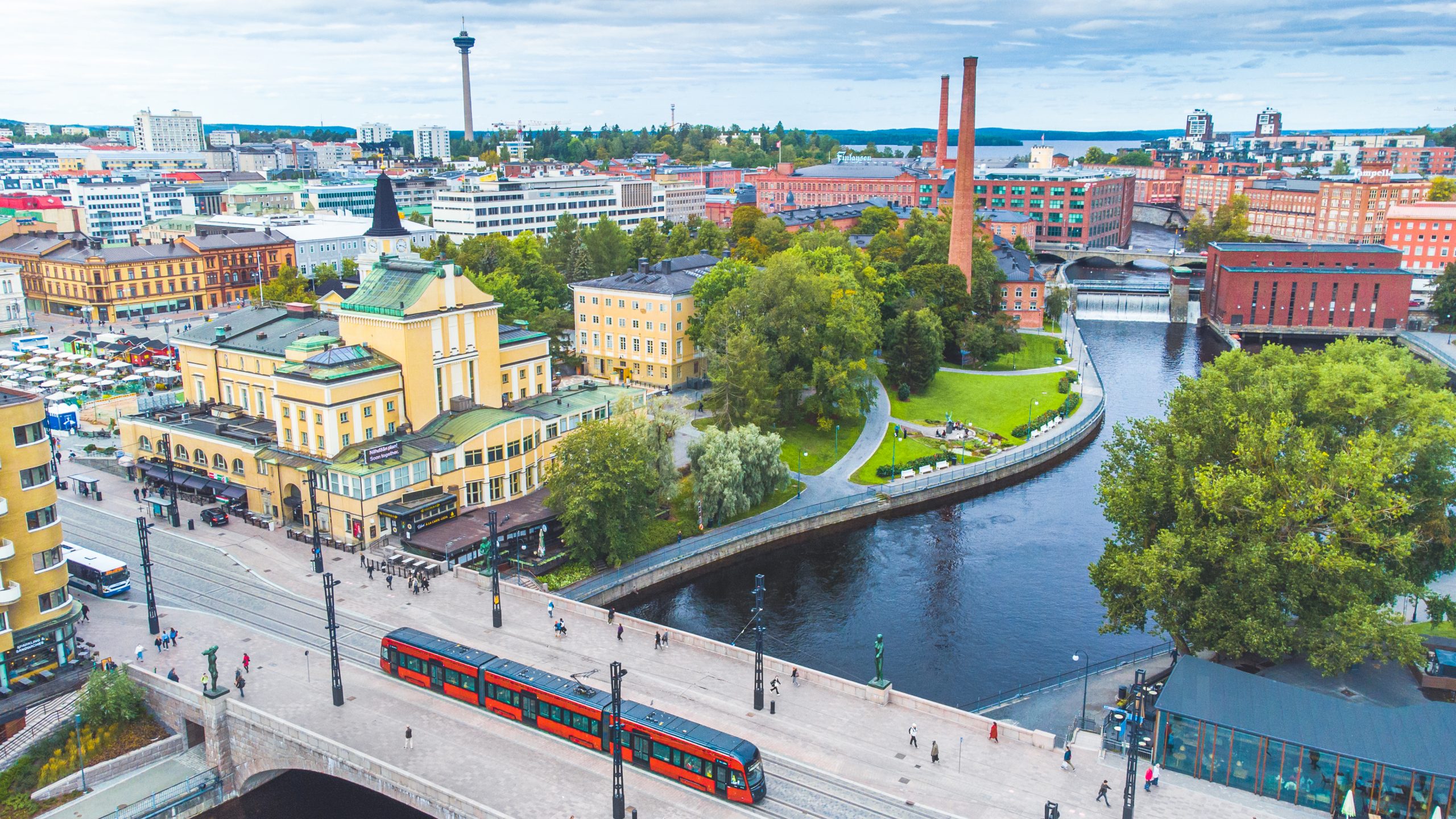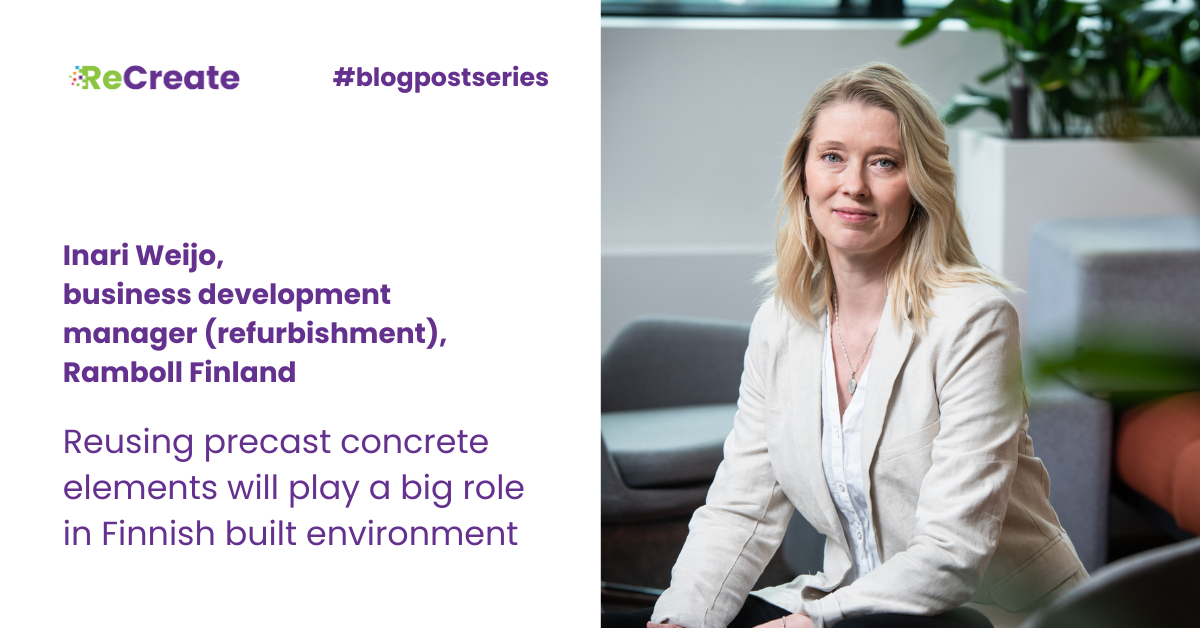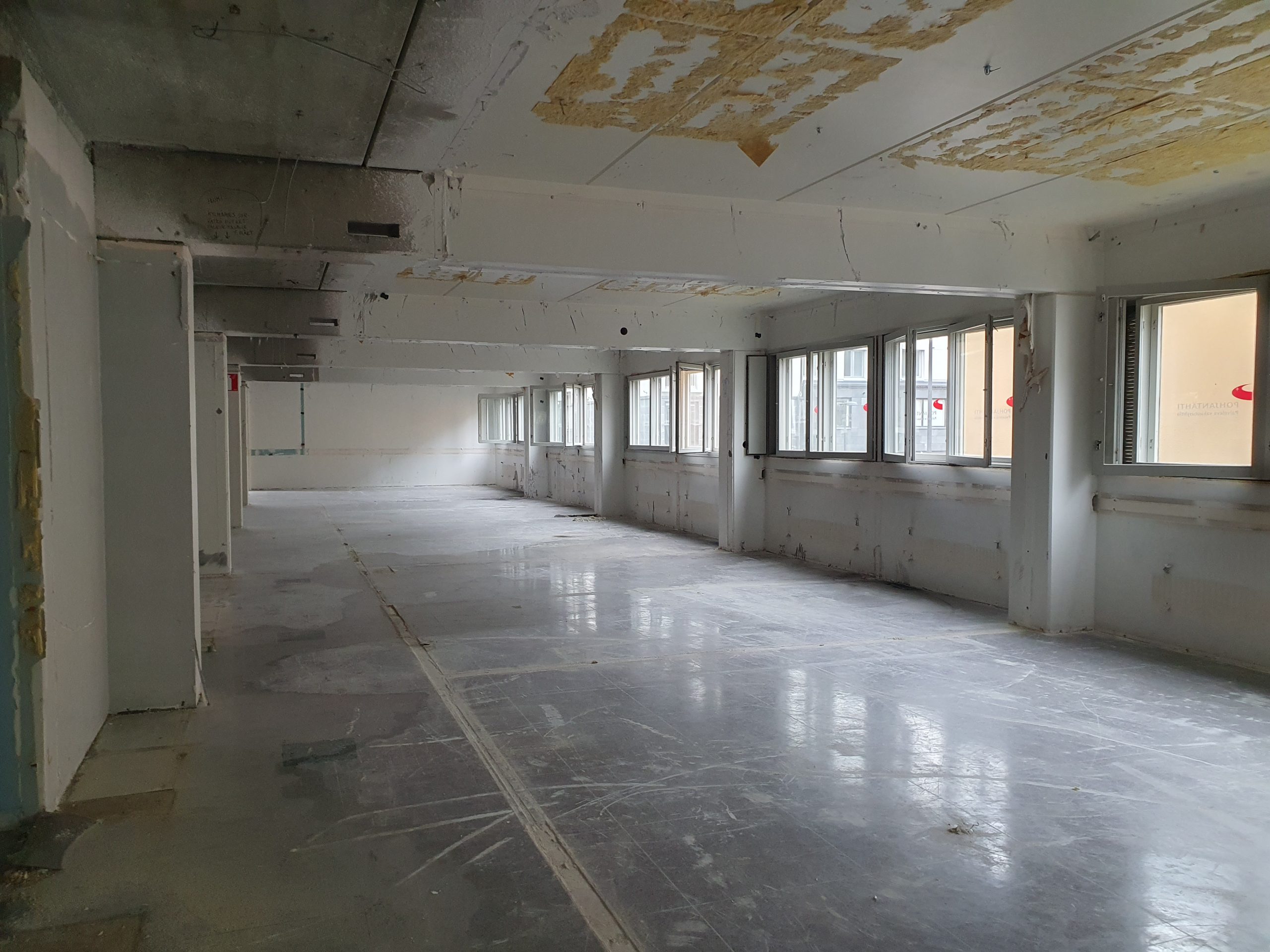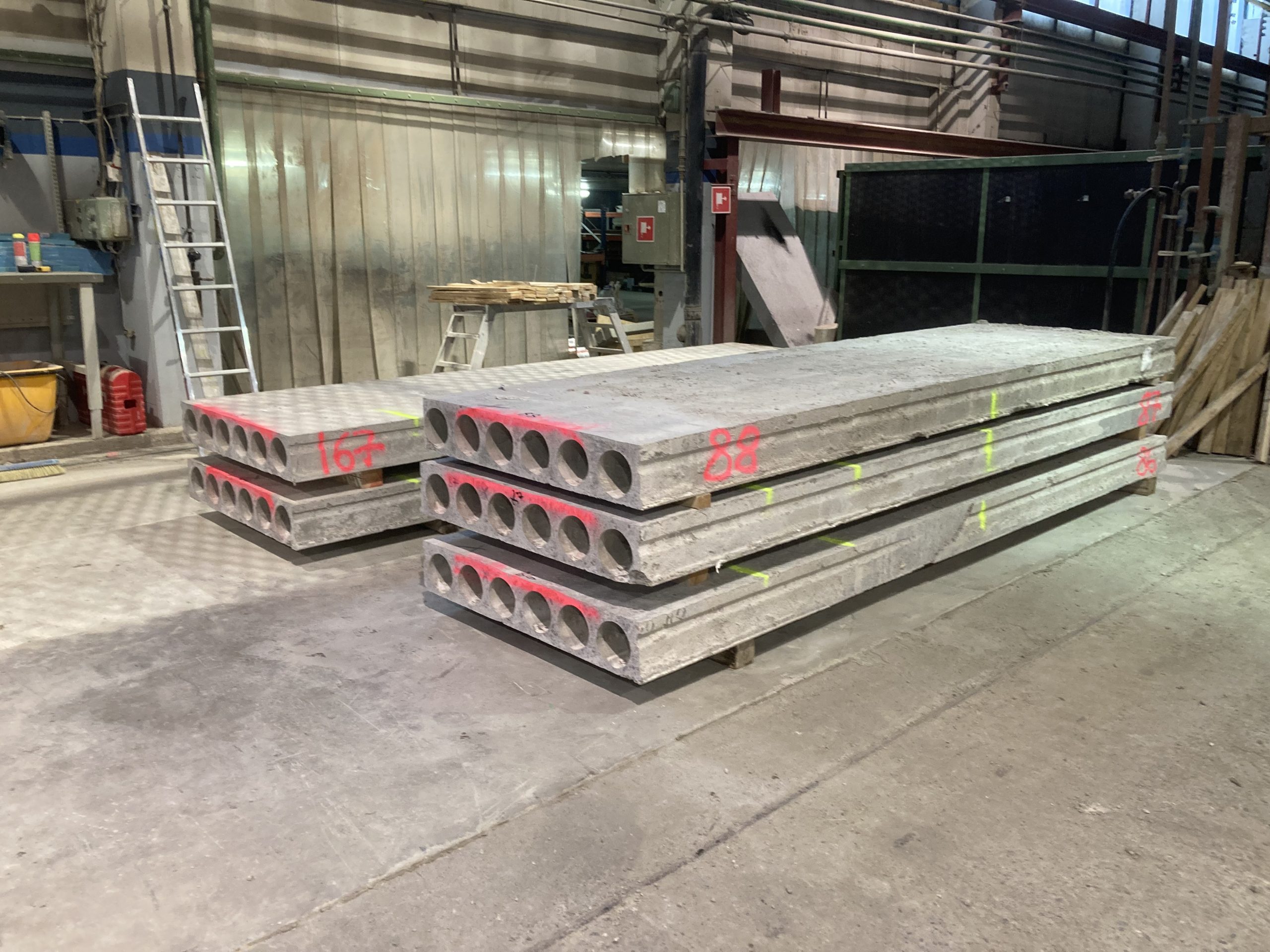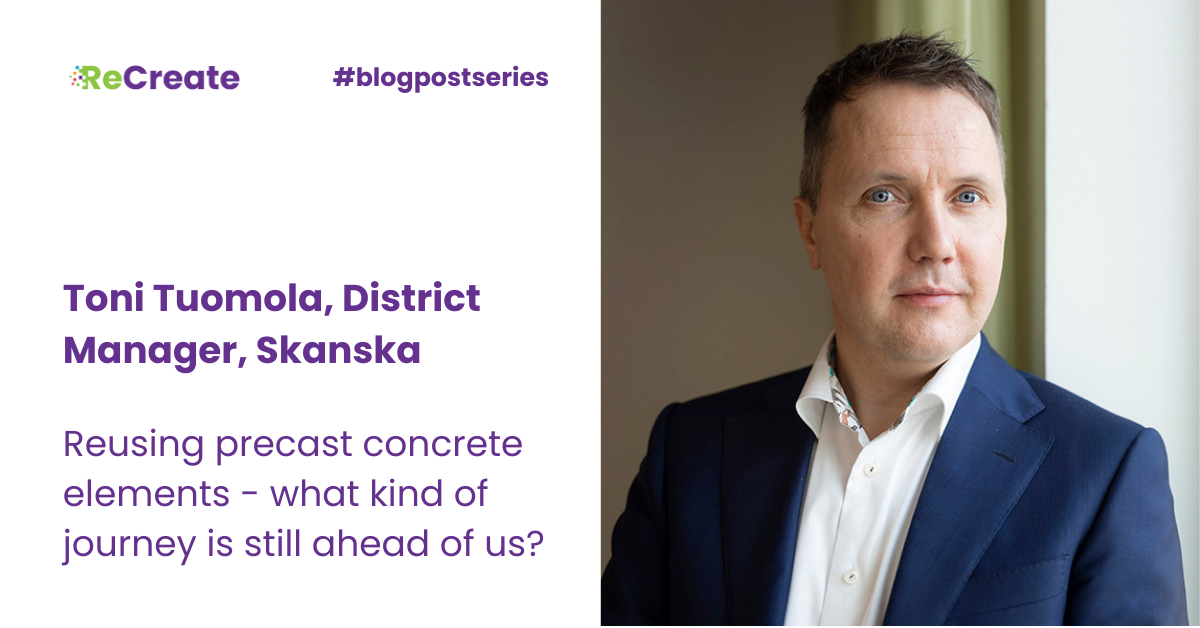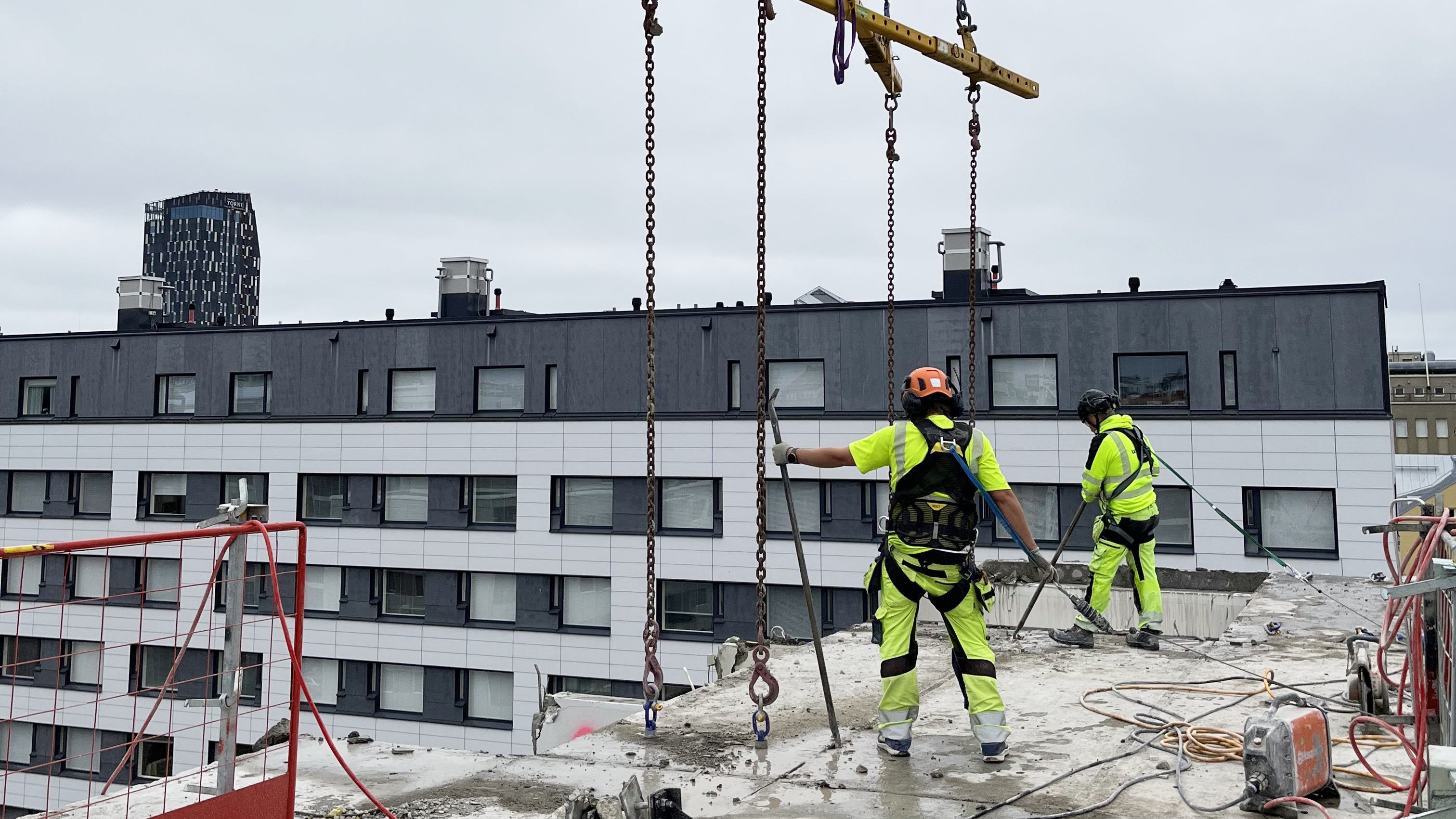ReCreate blog post series on mapping in WP1
Post 4
Author: Niko Kotkavuo, researcher, Tampere University
To gain a broader perspective on the possibilities of reuse and ease knowledge and technology transfer across borders, one of the goals in the ReCreate project is to gather data on precast systems from various European countries. The work is not limited to the four pilot countries of the project (Finland, Sweden, the Netherlands and Germany), but also includes a selection of eastern EU member states known to have large stocks of precast concrete buildings. Besides residential building systems, the ones used in non-residential construction are of interest as well. This blog post series describes that experience. Please find here Part 1 of the series, which explains the nature of this work and describes the Polish experience, here Part 2, which discusses the Estonian experience, and here Part 3, which depicts the Romanian experience. The current post by researcher Niko Kotkavuo from Tampere University describes the Finnish experience and concludes the series, at least for now.
The Finnish experience
In Finland, post-war structural change, rural flight and resulting urban housing shortage led to high-volume industrialised housing construction beginning in the 1950s and culminating in the so-called ‘crazy years’ of the early 1970s. By the mid-1960s, most large construction companies had developed their own closed (company-specific) large-panel construction systems based on examples from abroad. In the late 1960s, to further cut construction time and costs, the concrete industry joined forces to develop an open system that any factory could produce.
The developed system, BES (short for betonielementtisysteemi, or concrete element system in English), was free to use by all operators in Finland. It soon became the new, widely adopted industry standard. In the early 1980s, it was followed by another open system Runko-BES (Frame-BES) for non-residential construction. While the systems have been updated throughout the years and their use has certainly became more versatile, they are still the basis for precast concrete construction in Finland today.
The wide adoption of BES and Runko-BES present a problem for reviewing the systems used in post-war Finland. Material on the BES systems is widely available and easy to access, and it covers a large portion of the precast concrete building stock in Finland. It is notable, however, that based on Mäkiö et al. (1994) and house construction statistics of central statistical office of Finland, the adoption of BES just missed the so-called ‘crazy years’ of housing construction. From the beginning of 1960s to the peak construction year of 1974, a large stock of buildings was constructed using the previous, closed large-panel systems, that are far less well understood.
Material on the previously used systems is significantly harder to come by, and details on the systems are seemingly forgotten in the existing literature. Thus, a more time-consuming approach of identification of specific housing projects, via literature review and by locating relevant construction drawings in municipal archives, has been used in studying the early systems.
Conclusions
Based on the very different experiences in the countries examined here, it is clear that there is no single approach for the review, which would work regardless of country. The work is, as is typical for archival work, quite reactive. In Poland, a large existing body of literature on the building stock made with large-panel systems could be capitalised on. In Estonia and to a lesser extent in Finland, there is a research gap regarding the composition of the housing stock in terms of precast concrete and system usage. In Romania, a lot of archival material has gone missing in the aftermath of the 1989 revolution which presented challenges, but university libraries provided useful catalogues and design manuals, which offer valuable insight into the country’s prefabricated building systems. A common factor for all four countries is that compared to housing, non-residential precast concrete systems and building stocks are a neglected area of study.
With the mapping of Finnish, Polish, Estonian and Romanian systems now complete we have a better picture of the systems used in each country as well as loads of archival material for later analysis, classification and digitisations of the building systems. This kind of work acts as a basis of future knowledge and technology transfer of the ReCreate learnings to new countries and regions.
References:
Mäkiö, E., Malinen, M., Neuvonen, P., Vikström, K., Mäenpää, R., Saarenpää, J. and Tähti, E. (1994). Kerrostalot 1960-1975 [Blocks of Flats 1960–1975]. Helsinki: Rakennustieto.
Tilastokeskus [Central Statistical Office of Finland]. (1974). Talonrakennustilasto 1971 [House Construction Statistics 1971]. Retrieved from https://urn.fi/URN:ISBN:951-46-0905-0
Tilastokeskus [Central Statistical Office of Finland]. (1975). Talonrakennustilasto 1972 [House Construction Statistics 1972]. Retrieved from http://www.urn.fi/URN:ISBN:951-46-1563-8
Tilastokeskus [Central Statistical Office of Finland]. (1975). Talonrakennustilasto 1973 [House Construction Statistics 1973]. Retrieved from http://www.urn.fi/URN:ISBN:951-46-1811-4
Tilastokeskus [Central Statistical Office of Finland]. (1976). Talonrakennustilasto 1974 [House Construction Statistics 1974]. Retrieved from www.urn.fi/URN:NBN:fi-fe2023013118667

